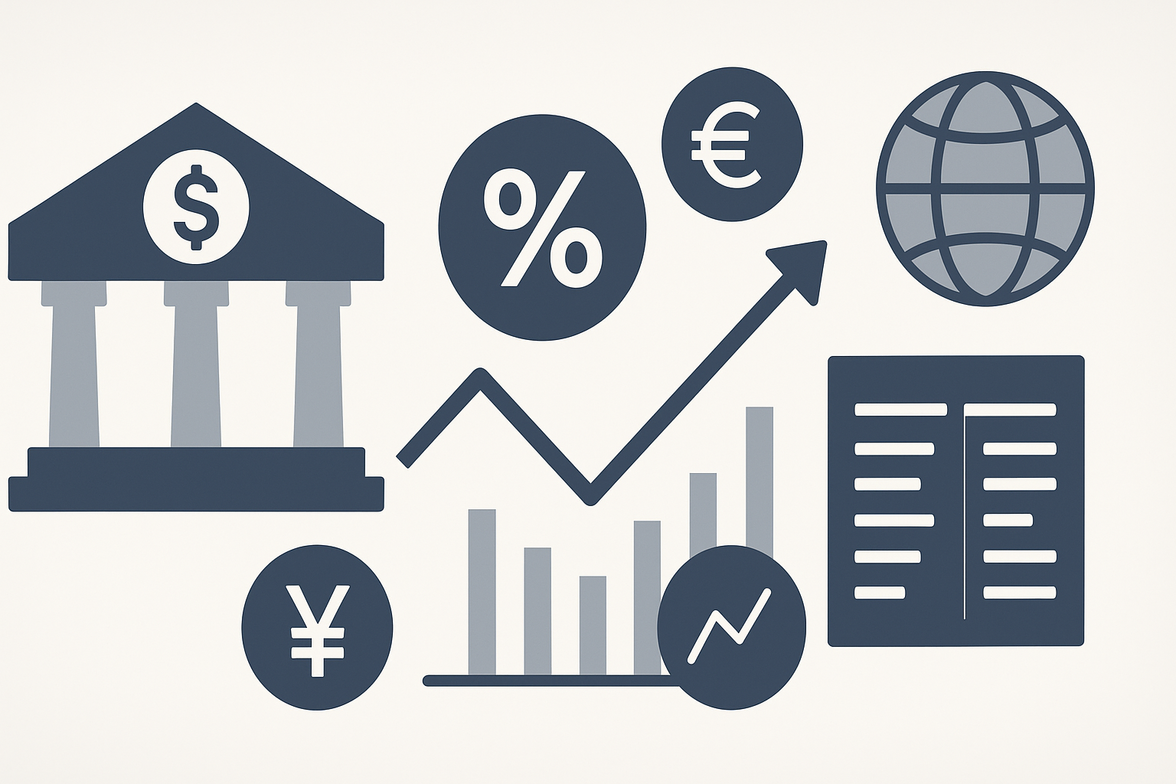
Introduction
For many people, debt feels like a heavy chain holding them back from their financial goals. Whether it’s credit card balances, student loans, or a car payment, managing debt can be overwhelming and stressful. The interest payments can feel endless, making it seem impossible to get ahead. But debt is not a life sentence. With a clear strategy and consistent effort, you can not only pay off your debt but also transform your financial life and build lasting wealth. This comprehensive guide will demystify the process, exploring the most effective methods for debt repayment and providing practical steps you can take today to regain control of your finances. Our goal is to empower you to turn a daunting challenge into a powerful journey toward financial freedom.
Understanding the Different Types of Debt
Not all debt is created equal. Before you can create a repayment strategy, you need to understand the types of debt you have.
- High-Interest Debt: This is the most dangerous type of debt. Credit card balances and payday loans have very high interest rates, sometimes as high as 25% or more. This debt grows quickly and can trap you in a cycle of minimum payments.
- Low-Interest Debt: This includes things like mortgages and student loans. While still a liability, the interest rates are much lower, and the debt is often used to acquire appreciating assets (like a home) or to improve your long-term income (like a college degree).
- Secured vs. Unsecured Debt: A mortgage is secured debt because the bank can take your home if you don’t pay. Credit card debt is unsecured because there is no asset attached to the loan. Unsecured debt typically carries a higher interest rate because of the higher risk to the lender.
The First Step: Get Organized
You can’t master your debt until you know exactly what you’re dealing with. Gather all your debt information in one place.
- List all your debts: Write down every single debt you owe.
- Include key details: For each debt, note the total balance, the interest rate, and the minimum monthly payment.
- Calculate your total debt: Sum up all the balances to see the full picture.
This process might feel intimidating, but seeing everything laid out clearly is the first step toward creating a realistic plan.
The Two Most Popular Debt Repayment Strategies
When it comes to paying off debt, two methods are most commonly recommended. Each has its own benefits, and the best one for you depends on your personality and motivation.
1. The Debt Snowball Method
This strategy focuses on building momentum and psychological wins.
- How it works: You list your debts from the smallest balance to the largest, regardless of the interest rate. You make the minimum payments on all debts except the smallest one. On that smallest debt, you put every extra dollar you can spare. Once the smallest debt is paid off, you take the money you were paying on it and add it to the minimum payment of the next smallest debt. As you pay off each debt, your “snowball” of payments gets bigger and bigger, accelerating the repayment of your larger debts.
- Why it works: The debt snowball method is highly motivational. You get to see debts disappear quickly, which provides a sense of accomplishment and keeps you engaged in the process.
2. The Debt Avalanche Method
This strategy focuses on math and efficiency.
- How it works: You list your debts from the highest interest rate to the lowest, regardless of the balance. You make the minimum payments on all debts except the one with the highest interest rate. You put every extra dollar you can spare toward that debt. Once the highest-interest debt is paid off, you move on to the next highest-interest debt.
- Why it works: The debt avalanche method saves you the most money in the long run because it minimizes the total interest you pay. This is the most efficient method from a purely mathematical standpoint.
Which One Should You Choose?
The best method is the one you will stick with. If you are someone who needs quick wins to stay motivated, the debt snowball is likely a better choice. If you are highly disciplined and want to save the most money possible, the debt avalanche is the clear winner. Many people find success by starting with the snowball method and then switching to the avalanche method once they have built up some momentum.
Advanced Debt Management Strategies
Once you have your repayment strategy in place, consider these additional tactics to speed up your progress.
- Debt Consolidation: You can take out a new loan to pay off several existing debts. If the new loan has a lower interest rate, it can save you a significant amount of money and simplify your payments.
- Balance Transfer Credit Cards: Some credit cards offer a 0% introductory interest rate on balance transfers. This can give you a window of time to pay off high-interest debt without accumulating more interest. Be careful to pay off the balance before the promotional period ends, as the interest rate can jump dramatically.
- Negotiate with Creditors: If you are struggling to make payments, don’t be afraid to call your creditors. They may be willing to lower your interest rate or set up a more manageable payment plan.
The Next Step: Building Wealth After Debt
Paying off debt is a huge accomplishment, but it’s not the end of the journey. The goal is to redirect the money you were using for debt payments toward building wealth.
- Create an Emergency Fund: If you don’t already have one, use the money you freed up to build a robust emergency fund. This will prevent you from going back into debt if an unexpected expense arises.
- **Start Investing: Once your high-interest debt is gone and your emergency fund is in place, you can start investing. Contribute to a 401(k) and/or an IRA to build your retirement savings.
- Plan Your Next Goal: Use a comprehensive financial planning approach to identify your next goal, whether it’s saving for a down payment, starting a business, or simply enjoying a healthier financial life.
Conclusion
Mastering your debt is one of the most powerful steps you can take toward true financial freedom. By getting organized and choosing a strategic repayment method like the debt snowball or debt avalanche, you can create a clear path forward. The journey may be challenging, but every payment brings you closer to your goal. Remember that a debt-free life is not just about numbers; it’s about peace of mind, reduced stress, and the ability to build the future you want. The discipline and habits you build in the process of paying off debt are the same ones you will use to build lasting wealth. Take the first step today and start your journey toward a more secure and prosperous financial future.



